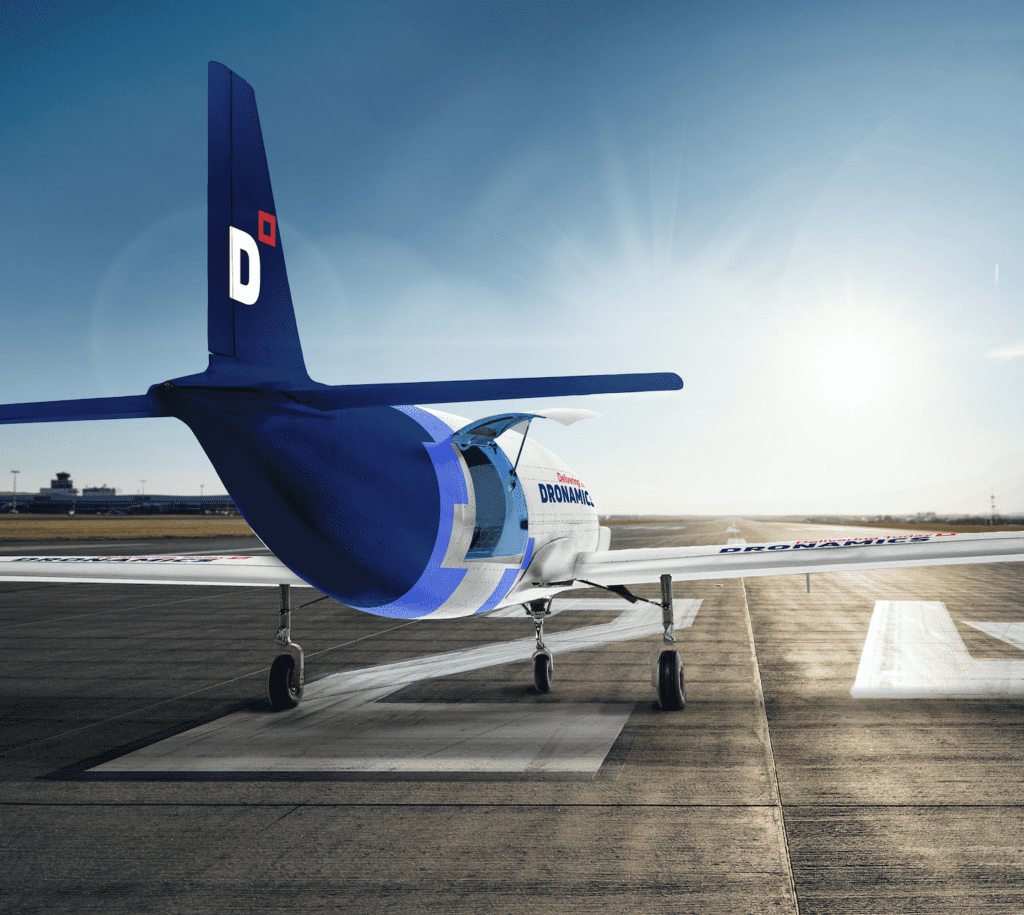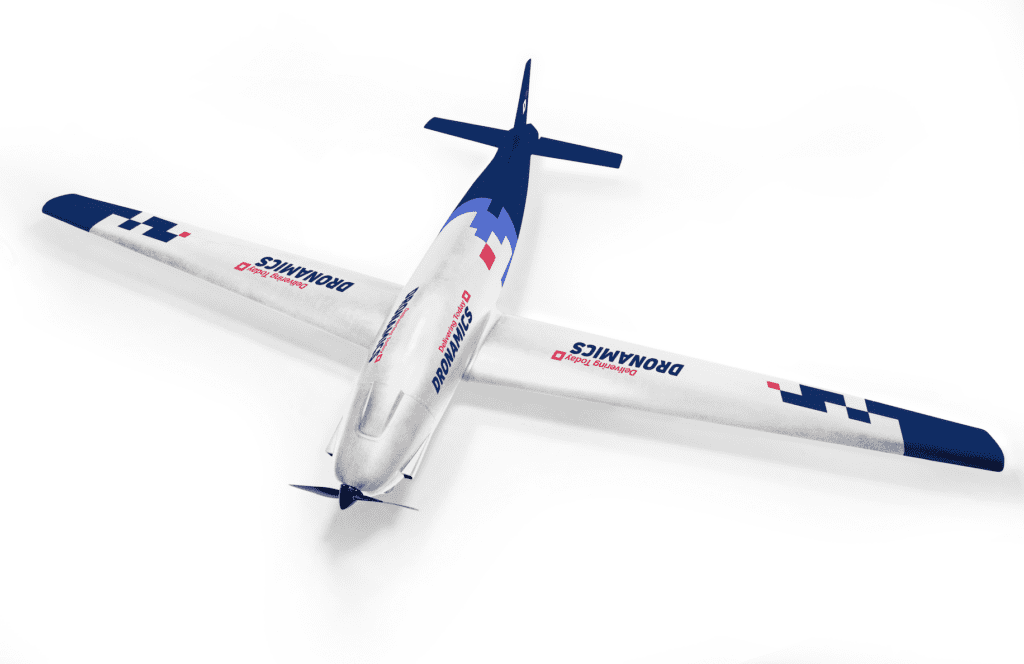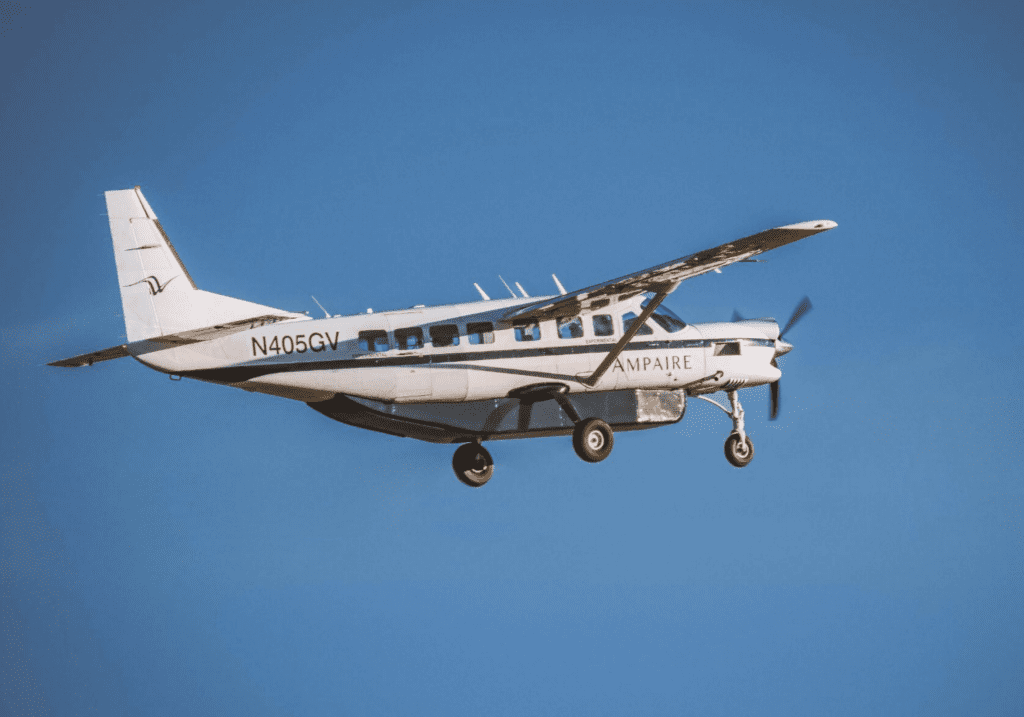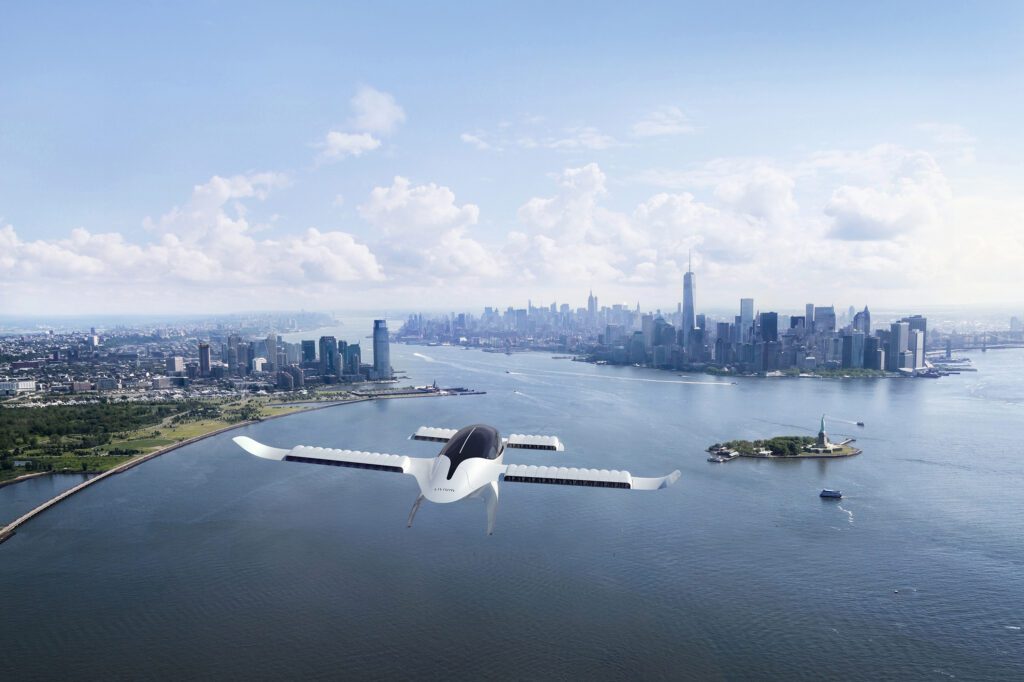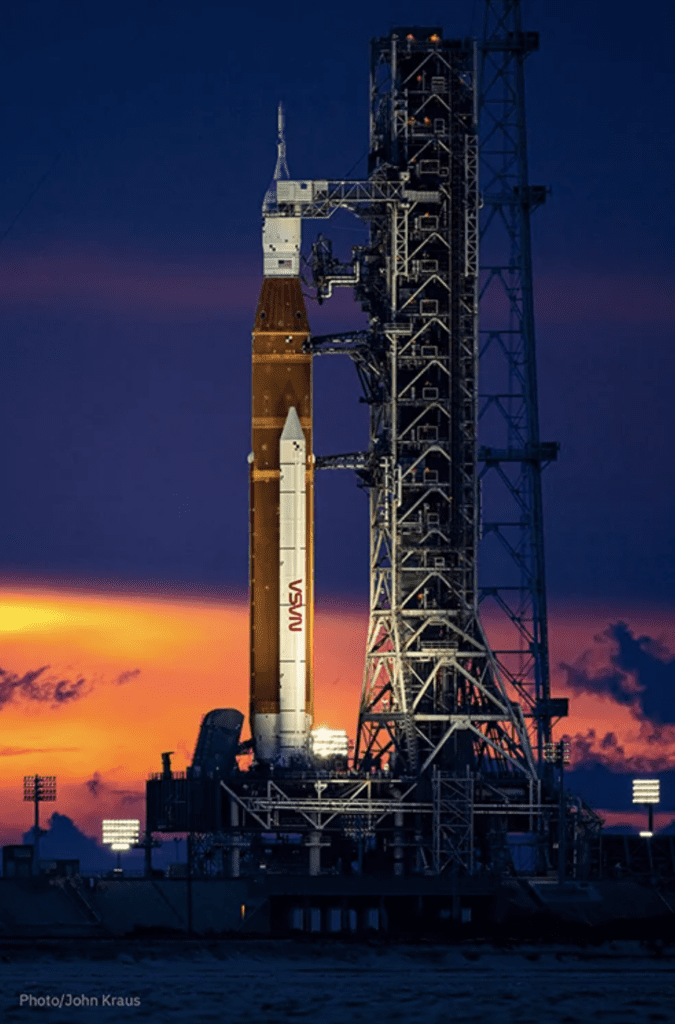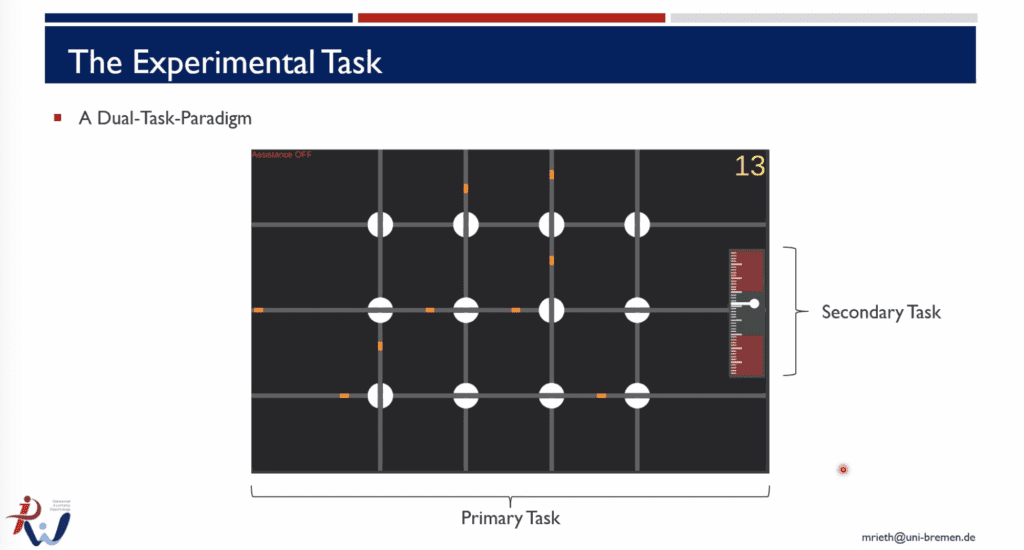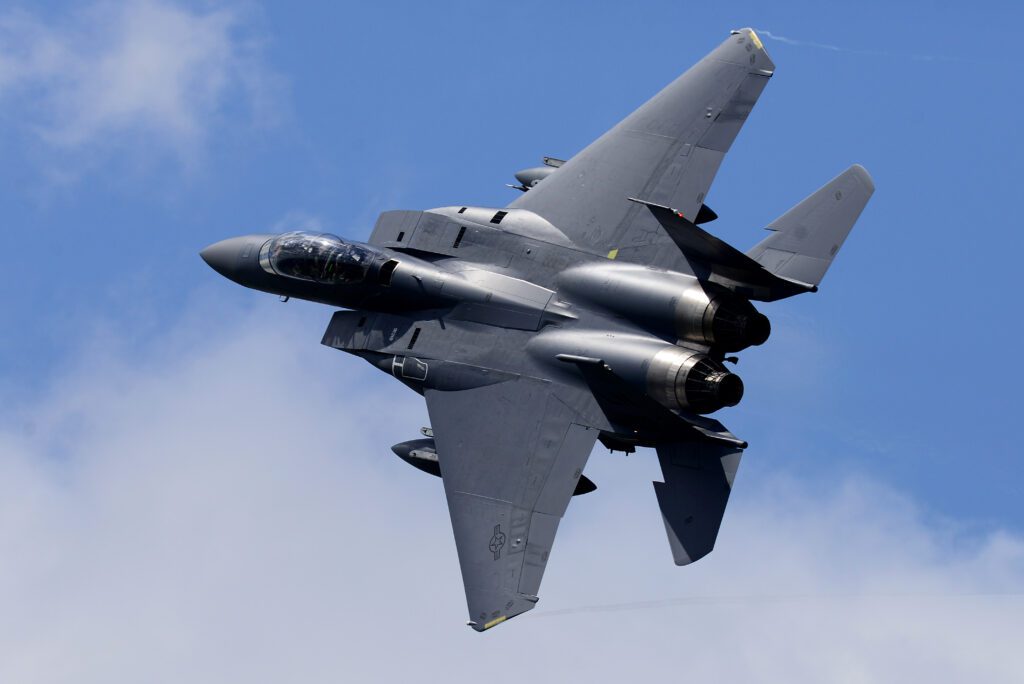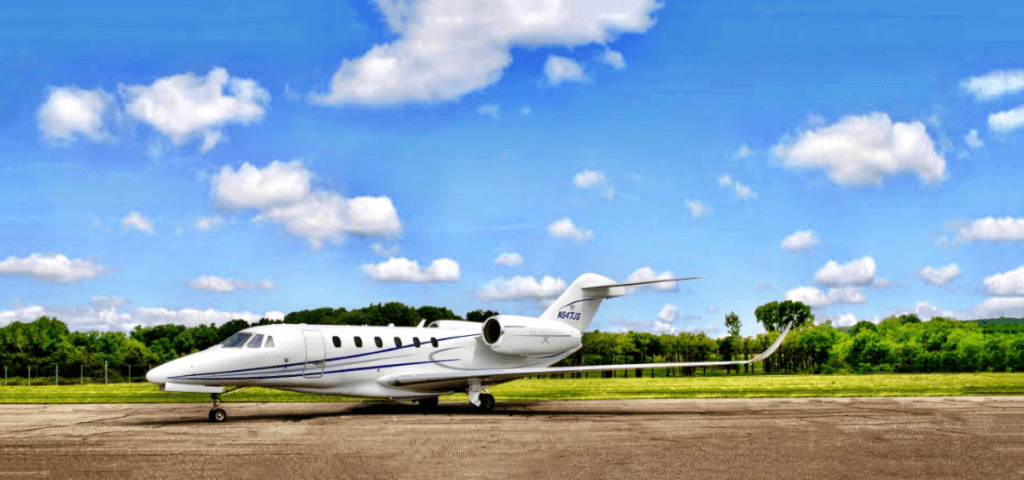

David Helfgott, CEO of SmartSky Networks, and Ryan Stone, President and co-founder, talked about the availability of their air-to-ground connectivity service offering for the Cessna Citation X series aircraft. (Photo: SmartSky, flyExclusive)
SmartSky Networks recently announced that its air-to-ground (ATG) connectivity service offering is now available for the Cessna Citation X series aircraft. This aircraft was recently issued a supplemental type certificate (STC), which was completed by flyExclusive and engineers from Liberty Partners. SmartSky intends to make its ATG connectivity service available for more than 7,000 business jets and turboprop aircraft, according to the company’s announcement.
Textron Aviation is making SmartSky available at its 11 service centers in the U.S., and installations are expected to begin during the fourth quarter of 2022.
In an interview with Avionics International, David Helfgott, CEO of SmartSky Networks, and Ryan Stone, President and co-founder, shared details of their strategic relationship with Textron Aviation and their efforts to expand network coverage.

David Helfgott, CEO (left) and Ryan Stone, President and co-founder (right) (Photos: SmartSky)
Avionics: Could you share more about SmartSky making its connectivity solutions available for the 300+ Cessna Citation X series aircraft?
David Helfgott: We announced our nationwide coverage here in the U.S. at the end of the summer. Prior to that, we had announced two fleet deals with flyExclusive and Jet It. As part of the flyExclusive relationship, we announced the Citation X aircraft, a very high-powered jet. They installed our system on it and flew it to the NBAA show.
We also announced a broad strategic relationship with Textron Aviation, which covers a whole series of their aircraft including the Citation series, as well as jointly promoting our hardware—our shipset—through their 13 regional service centers. It’s been a very busy commercial ramp for the past month and a half.
Ryan Stone: Textron is now making SmartSky available at its service centers for install, and we’re expanding the number of aircraft covered by STC with them. The Citation X was the first of those, and more will follow pretty rapidly.
It’s really exciting for us to have a company like Textron getting behind this, understanding how important it is for the customers to have an experience that connects them as passengers in the way we’re connecting right now. Now the aircraft can interact, and aviation data as a service can also happen. Now you can make aviation more like everyone envisioned it would be, where you have useful connectivity for the aircraft and the passengers.
What does SmartSky’s network service enable?
Helfgott: We’re all focused on the experience in the back of the aircraft, especially in private aviation—can you do video teleconferencing, or access cloud-based computing, or go through corporate firewalls or encryption? The answer, until now, was no.
There’s a real problem with latency and bandwidth off the aircraft with any satellite solution. The incumbent air-to-ground system has very, very low bandwidth and very patchy coverage. We’ve consistently demonstrated this level of real-time interactivity and functionality in-flight. That’s really the back of the aircraft—that’s only part of the story.
The part that I think is going to drive this industry in the future is the middle of the aircraft—the flight operations and aeronautical IoT, telematics, getting operational data off the aircraft to the flight operations centers to the fleet managers to the aircraft operations folks, and all of that to the FBOs. All of that is really important and will streamline and make much more efficient business aviation.
The third area that hasn’t taken off yet is supplemental content—information and applications to the cockpit. Everyone has an iPad, an electronic flight bag. How do you use our network to provide better information to the pilot? Especially in the smaller jets, where you have fewer passengers and a lot of pilot owners, they really need that supplemental information.
What challenges has the company faced?
Helfgott: Every wireless network has challenges. We have made incredible inroads. In 24 months, we went from 13 sites to the entire continental U.S. being covered by our network. It’s not just towers, radios, and local wireless networks, but it’s the fiber, and the data centers, and the network operation center, all of that tied together, and integrating the back end of all that into our channel partners.
For example, Honeywell is our value-added reseller. We also have 20 MROs and OEMs who sell and install our equipment, such as Textron. It’s a lot of moving parts, and we’ve made remarkable progress, but it’s not easy.
Stone: We’ve wanted to do more demonstration flights where customers can try the system out and see what it’s like. At NBAA, instead of taking customers around Orlando, we did a demo flight from Orlando to Dallas, to demonstrate the nationwide network. With our flyExclusive arrangement, we had their Citation X flying customers around nationwide. Not everyone can do that. One of the challenges we face is getting more people up in the air, and as we are adding customers, it will get easier.
What are some highlights of current efforts at SmartSky?
Helfgott: We’re not only commercially operational as a network nationwide, we’re selling and have inventory to sell the shipsets—the equipment that goes on the aircraft, the radios and antennas. We have those three product lines, the hardware, the network service, and the application layer called Skytelligence. All those are now up and running, and generating revenue. We are actually having a difficult time fielding the interest, which is a high-quality problem, I know.
Many of the people who take advantage of business aviation are corporations and government agencies. The idea of having a secure VPN—not just Wi-Fi in the airplane—is a nice thing that we enable because of the high bandwidth to the aircraft, ultra low latency, and high bandwidth off the aircraft. Those three things in combination are what make this possible.
Stone: What appears to be gaining a lot of interest, based on recent conversations, is the idea of being able to do a private network for customers. Previously, you would be sharing that resource with everyone else around you.
We have one beam going to one plane at a time, and our backbone infrastructure on the ground enables that ability to have a private network on top of our network. A customer’s data wouldn’t necessarily have to touch the internet for their own internal uses. That seems to be an area we’re exploring more because we have that capability that no one else does.
The post SmartSky Executives Talk Air-to-Ground Connectivity Service appeared first on Avionics International.
—————
Boost Internet Speed–
Free Business Hosting–
Free Email Account–
Dropcatch–
Free Secure Email–
Secure Email–
Cheap VOIP Calls–
Free Hosting–
Boost Inflight Wifi–
Premium Domains–
Free Domains








